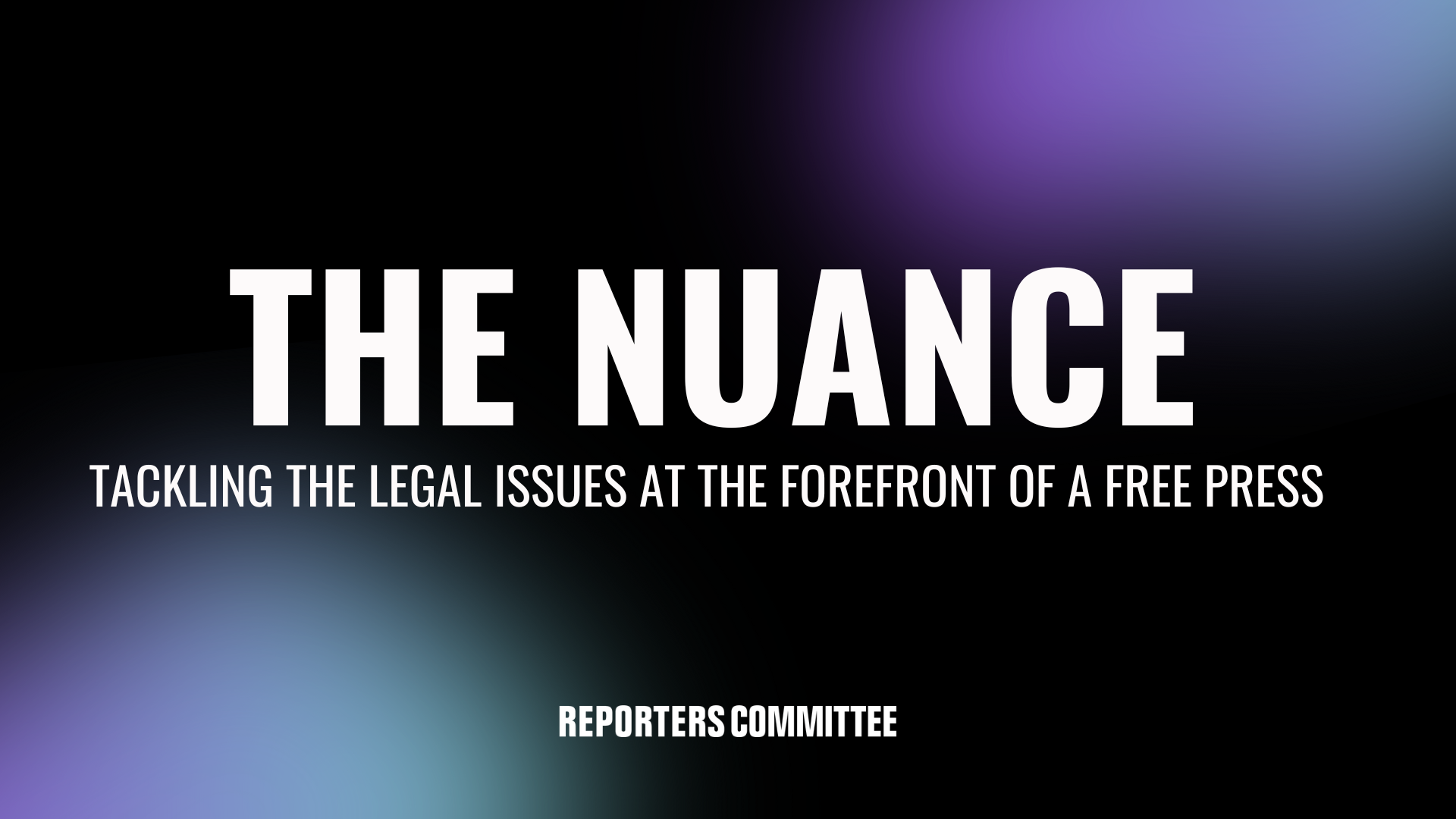New DOJ report on Phoenix PD contains important guidance on First Amendment rights at protests

If you like this post, sign up to get The Nuance newsletter delivered straight to your inbox every Sunday night!
In 2021, the Civil Rights Division at the U.S. Justice Department launched a series of “pattern-or-practice” investigations into several police departments around the country. These investigations often lead to a court-enforceable consent decree, negotiated between the DOJ and the agency investigated, to eliminate pervasive violations of constitutional or legal rights.
In 2023, the department issued reports on the Louisville and Minneapolis police departments that, for the first time ever, included specific findings on violations of press rights.
The Louisville report found that journalists were swept up in the Louisville Metropolitan Police Department’s “indiscriminate responses to the 2020 protests” and that arrests and “retaliatory force” against journalists violated the “firmly established qualified right of access for the press to observe government activities.”
And the Minneapolis report included a whole subsection on police interactions with the press. Notably, the report recognized that removing journalists from the scene of protests through blanket dispersal orders, even when police may lawfully remove others present, can violate the First Amendment because any restriction on newsgathering must “leave open ample alternative channels for gathering the news.”
Last week, the DOJ released its pattern-or-practice report on the Phoenix Police Department and the city of Phoenix. While it does not contain findings specific to the press, it does contain a significant section on police interactions with protesters that is relevant to the basic First Amendment principles that are also at play in police-press interactions.
Most notably, the report confirms that, while officers may use force to target “specific and imminent threats of violence,” they may not “ban the activity of peaceful protestors because of the violent acts of others.” In doing so, it cites to Index Newspapers LLC v. United States Marshals Service, a case from the U.S. Court of Appeals for the Ninth Circuit, where the court left an injunction in place barring federal officers from dispersing journalists engaged in lawful newsgathering from the scene of protests.
Both the report and the Index Newspapers case stand for the proposition that the First Amendment requires any police response to violent conduct by some at protests to be tailored to addressing that conduct by those individuals.
The Phoenix report underlines that point in several ways. It finds that the Phoenix Police Department violated the First Amendment rights of lawful protesters by (1) using indiscriminate force that failed to target individuals engaged in unlawful activity, (2) using mass arrests to clear peaceful protesters (including having a policy in 2019 and 2020 to “incarcerate as many people as possible”), (3) arresting or using force against individuals in response to “criticism, insults, or perceived disrespect,” and (4) retaliating against people for recording police activity.
Again, the through line in the Louisville, Minneapolis, and now Phoenix pattern-or-practice reports is the basic principle that officers may lawfully use force against individuals engaged in unlawful activity, but it must be tailored to address that specific activity, and that tailoring means that peaceful protesters must be protected and that journalists may have a right to remain on the scene and report.
In addition to this work of the Civil Rights Division, the Office of Community Oriented Policing Services, or “COPS,” at the DOJ has been working on a set of high-level national best practices for police-press interactions at protests. During a convening the Reporters Committee helped coordinate with media and police representatives last October, we urged the DOJ to emphasize the importance of that tailoring for the press in the ultimate report (which we hope will be released soon).
Given the possibility of mass demonstrations in the upcoming election season, it’s exceedingly valuable for the DOJ to be setting down a marker on these fundamental First Amendment principles.
The Technology and Press Freedom Project at the Reporters Committee for Freedom of the Press uses integrated advocacy — combining the law, policy analysis, and public education — to defend and promote press rights on issues at the intersection of technology and press freedom, such as reporter-source confidentiality protections, electronic surveillance law and policy, and content regulation online and in other media. TPFP is directed by Reporters Committee attorney Gabe Rottman. He works with RCFP Staff Attorney Grayson Clary and Technology and Press Freedom Project Fellow Emily Hockett.